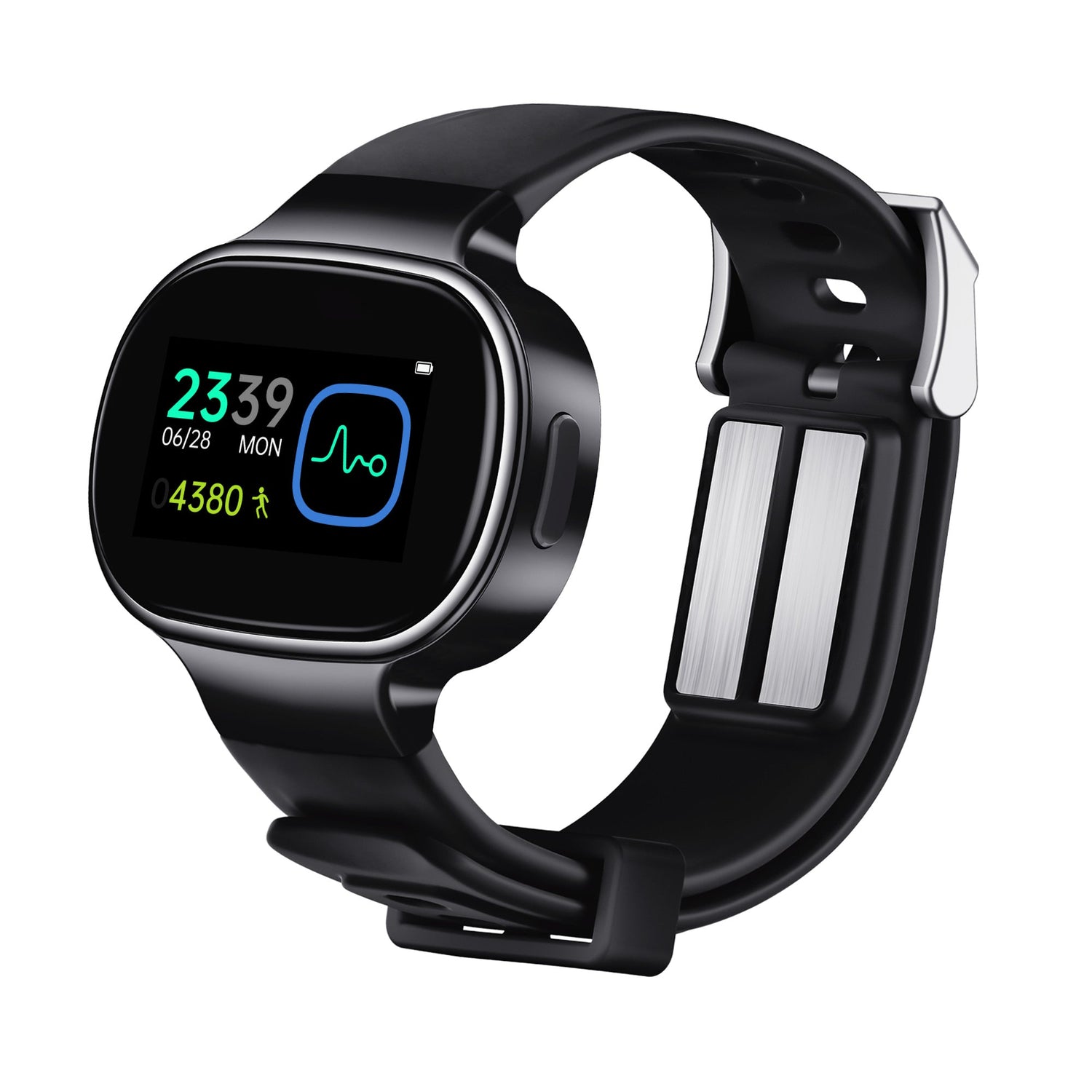As autonomous driving technology becomes increasingly sophisticated, a concerning issue is emerging: the exacerbation of motion sickness. A study by Sivak and Schoettle (2015) indicates that with the widespread adoption of autonomous driving assistance features, motion sickness may become 17.24% more severe.
Motion sickness, a common problem, occurs when passengers' visual perception diverges from the vehicle's movements, leading to sensory conflict and symptoms akin to a "brain crash". While autonomous driving aims to reduce driver fatigue, passengers may experience heightened motion sickness due to the loss of control over the vehicle's movements and the inability to accurately anticipate actions such as acceleration, turns, or braking based on road conditions.
To address this challenge, various automotive and autonomous driving companies have developed innovative solutions. For instance, industry leader Waymo has developed a sophisticated system to mitigate motion sickness. This system selects less congested routes and optimizes vehicle operations such as acceleration, braking, and lane changes to provide passengers with a smoother ride, thus alleviating motion sickness. Similarly, Volvo has improved visual perception and road anticipation by using sound cues to alert passengers to upcoming events and encouraging them to engage with the surrounding scenery, thereby reducing motion sickness.

Alongside these advancements, emerging technologies offer promising solutions to motion sickness. EmeTerm stands out as a smart wearable device designed specifically to alleviate motion sickness discomfort. Using Transcutaneous Electrical Nerve Stimulation (TENS) technology, EmeTerm offers a drug-free solution by delivering controlled electric impulses to the wrist nerves, effectively reducing nausea and vomiting symptoms associated with motion sickness. In an anti-motion sickness experiment, 93.3% of participants reported that the EmeTerm Anti-nausea Wristband was effective in relieving motion sickness. Whether on a road trip, flight, or sea voyage, EmeTerm ensures a more enjoyable, nausea-free journey for passengers.
EmeTerm is revolutionizing travel comfort, making motion sickness a thing of the past. Do not let dizziness and nausea derail your journey – take control with EmeTerm.
Reference
[1] SIVAK M, SCHOETTLE B. Motion Sickness in Self-Driving Vehicles[R]. Michigan: The University of Michigan Transportation Research Institute, 2015.
[2] www.emeterm.com
[3] Top Automaker Tests EmeTerm Wristband for Motion Sickness Relief – EmeTerm Official Store

